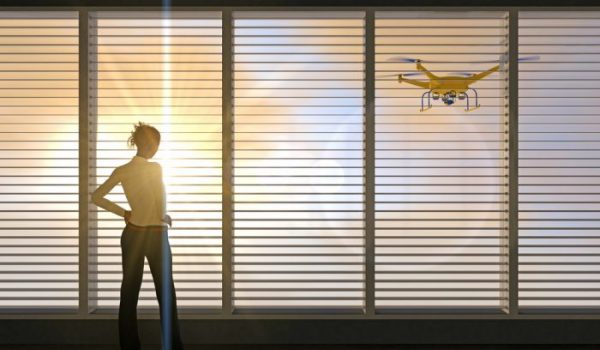Drone use in Africa is on the rise and has found immediate application in wildlife conservation efforts, film-making, and construction. However, major countries on the continent have yet to exploit the full potential of drones due to strict regulations.
Demand for drone use is there. In Kenya alone, the national government recently received more than 1,000 applications from people and organizations seeking regulatory approval to operate drone-based transport.
Drones have the potential to help solve some of Africa’s biggest issues like poaching and delivering aid to remote areas. Strict regulatory requirements and procedures, however, are impeding their use (and, in part, subsequently hampering development) on the continent.
Remove (Red Tape) Before Flight
Legally piloting a drone in Kenya, for instance, requires security clearance from both the Ministry of Defense and the Kenya Civil Aviation Authority, and the process of getting the approval is lengthy.
The same cumbersome procedures are standard in other countries in Sub-Saharan Africa, and governments often cite national security fears as the main reason for the strict rules.

However, while security concerns and national security risks are genuine, strict regulations undermines creativity and development.
Using Drones to Fight Poaching
Combined with how lucrative Poaching is, the practice not only continues but thrives in Africa due to poor policing of animal conservation areas and inconsistent enforcement of anti-poaching regulations.
With only a few drones, however, it is possible for a small group of conservationists to monitor thousands of square kilometers.
In appreciation of the unique potential of drones in protecting wild animals, private conservation centers have been exploring their use to fight poaching. With an estimated 100,000 African elephants poached in 2011 to 2013, a recent census found that that elephant population has declined catastrophically due to the illegal practice.
“Demand for drone use is there.”
In Kenya, a private wildlife conservancy has been planning to use drones for the last three years, but regulatory barriers have made realizing the project practically impossible. The conservancy even conducted a highly successful crowd funding campaign that raised $45,934 to buy the unmanned aerial vehicles.
Using Drones to Deliver Aid
In aid work, humanitarian agencies operating in remote communities can use drones to deliver aid. Drones can also be used to map areas, aid in construction, and even monitor changes in weather patterns to model drought predictions, for example.
The application of drones for civilian use is extensive in all sectors, from agriculture to transport to humanitarian services. However, regulation remains the biggest challenge. Kenya, Nigeria, and Rwanda have drafted drone use regulations, but analysts consider them time-consuming.













Comments (0)
Most Recent